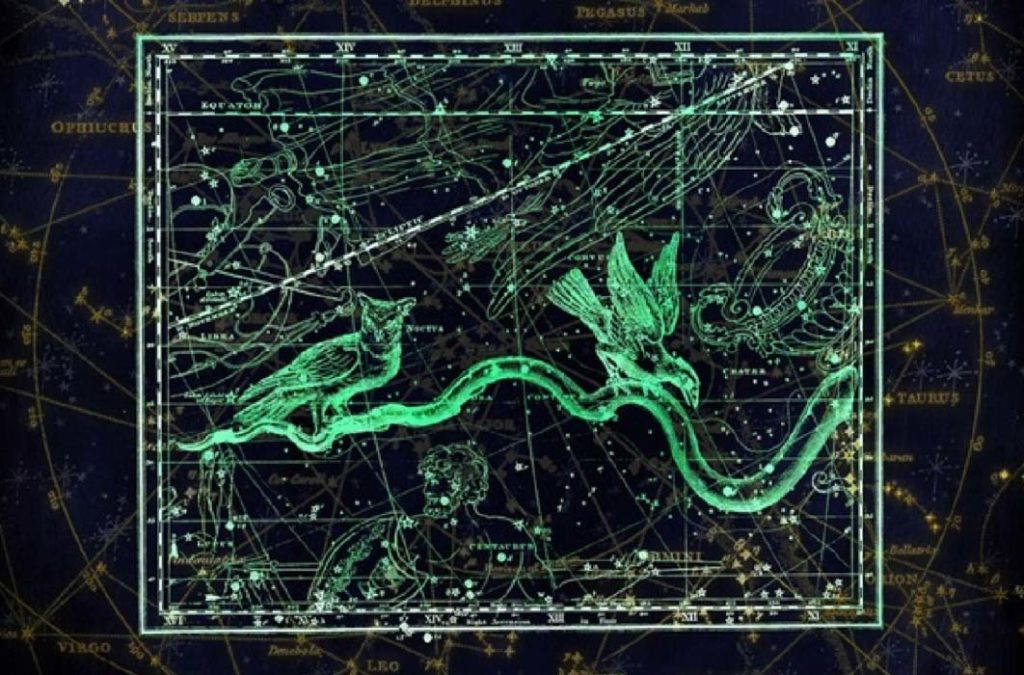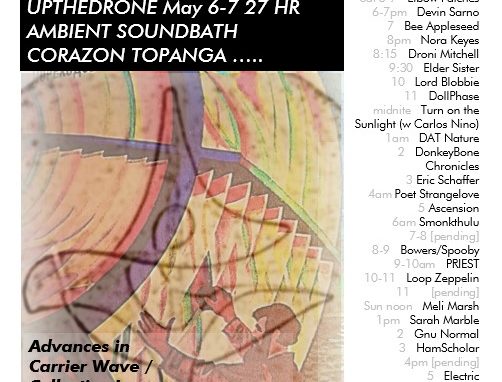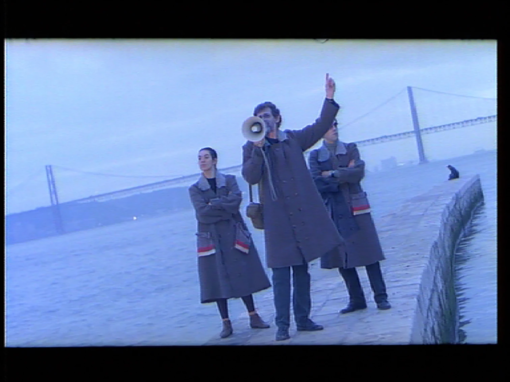If you’re not obsessed with Gobekli Tepe, you should be.
So, a few years ago, various non-expert types on the InterWebz were speculating that some of the glyphs from Gobekli Tepe might be 14,000 year old star charts of some kind.
It seemed like a kind of obvious suggestion to us.
Especially given that most megalithic sites, no matter how old, are/were oriented in reference to solstice or equinox points, or other stellar alignments.
Archaeologists agree, Göbekli Tepe changes everything. This hilltop sanctuary in southern Turkey, probably the World’s first megalithic temple, is like a time capsule that dates back nearly 13,000 years to the most extraordinary time in human history; the Younger Dryas impact event. Pillar 43, aka the ‘Vulture Stone’, at Göbekli Tepe is especially important, as it reveals a forgotten astronomical code that opens a window into the minds of ancient people, going back perhaps over 40,000 years. A code that allows one to read about catastrophic events, like the Younger Dryas impact, that is probably the basis of nearly all the world’s religions. There could hardly be a more important discovery.
Sweatman
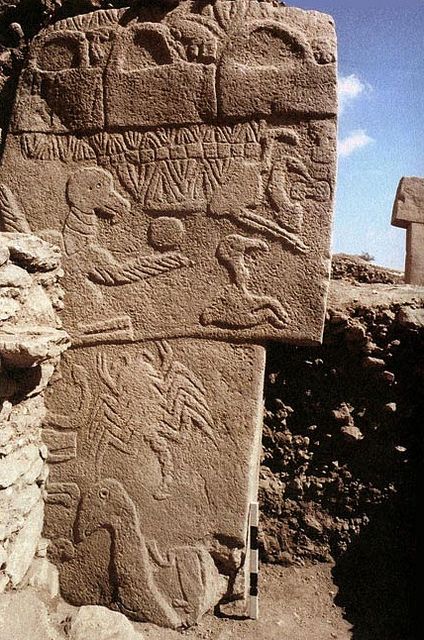
Andrew Collins has attempted to recruit Gobekli Tepe to the astronomical Swan aka Cygnus motif, which he sees everywhere in ancient art and temples. Collins’ stuff is intriguing, but gets into some fairly woo zones of speculation.
Now “a REAL boffin” at Univ of Edinburgh, Dr. Martin Sweatman, properly speaking neither archeologist, nor astronomer, but nonetheless a PhD-equipped scientist (Statistical Mechanics, for what it’s worth), has stepped forth with a particular version of this hypothesis in Prehistory Decoded, tying Gobekli Tepe to the Younger Dryas.
Pillar 43 is like a pre-historic Rosetta Stone. It shows that the people who constructed Göbekli Tepe were, among other things, astronomers who understood how the position of the stars changed very slowly over many millennia, a process called ‘precession of the equinoxes’. Conventionally, Hipparchus of ancient Greece is credited with this discovery in the second century BC. Furthermore, the people of Göbekli Tepe used their astronomical knowledge to encode a date, very likely the date of the Younger Dryas impact, on the pillar. Essentially, Pillar 43 can be interpreted as a memorial to this catastrophic event which potentially sparked the origin of civilisation itself.
Sweatman
Like Graham Hancock and some others, but in opposition to Robert Schoch — who is more aligned with the Electric Universe crowd interpretation of some kind of solar / plasma outburst –Sweatman subscribes to the Taurid meteor shower explanation for the huge climactic swing of the Younger Dryas, which plunged the planet into a new cold phase just as it was coming out of the last Ice Age.
Fringe researchers tie the Younger Dryas to the destruction of Atlantis.
The debate about just what caused the Younger Dryas, and its impacts on both megafauna and humans, is heating up, stay tuned for more…
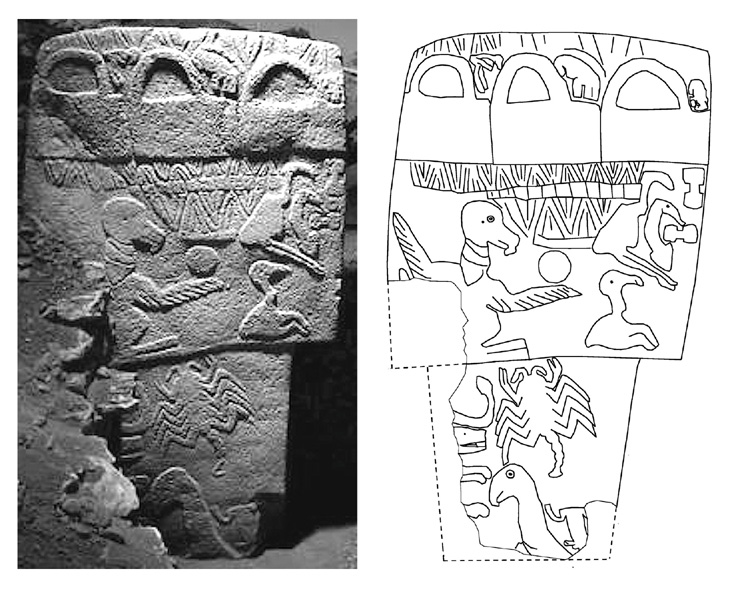
UnchartedX is doing some great YT material on the archaeo-realm.
